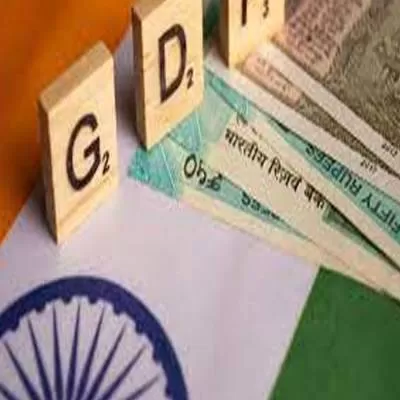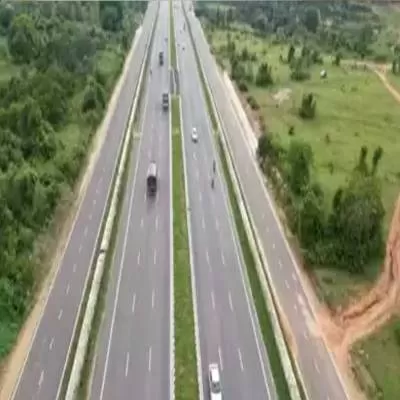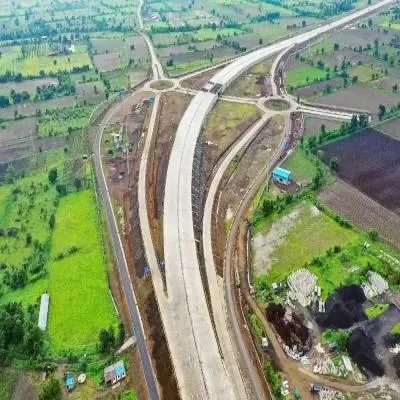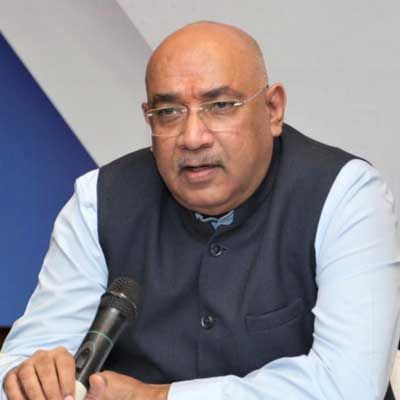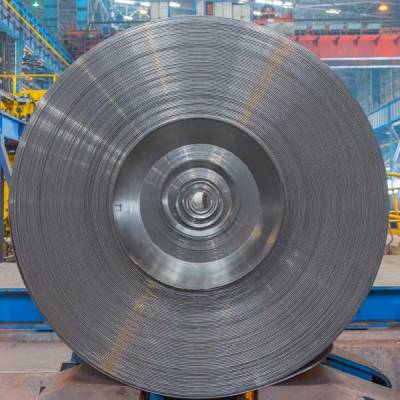Dam it!
Although foodgrain production; total production of rice at 102.75 tonne, an all-time record, plus production of wheat at 88.31 million tonne, also a new record in 2011-12, stands at 250.42 tonne, which is higher than the target of 245 tonne fixed for the year).
In 1950, only 18 per cent of cultivated land was irrigated, by 2006-07, it had risen to 43 per cent; tube wells contributed to irrigating more than 40 per cent of the area under irrigation. Canals are more cost-effective as they cover a wider area; almost 28 per cent of the area under irrigation. Indeed, a lot of money is being spent on the construction of canals. In fact, most of the order book of contractors earlier was built with irrigation contracts. In the Tenth Five-year Plan, the allocation for irrigation was $30 billion, which further doubled to $60 billion in the Eleventh Plan, and is now scheduled at $97 billion in the Twelfth Plan.
Here’s the issue. According to experts at the World Water Forum held in France, despite being the second largest irrigated country in the world, the efficiency of India’s irrigation infrastructure is among the worst in the world, most of it operating at an abysmally low level, some of it even at less than 20 per cent. So when the spat between the Maharashtra Chief Minister and the NCP ally came out in public, the skeletons of a Rs 26,000-crore scam tumbled out. In the past 10 years, the irrigated area has gone up by just 0.1 per cent despite spending billions of dollars.
Even as we stand at the brink of a drought, dams initiated as long ago as 45 years are still works-in-progress. Construction deadlines have been postponed endlessly and costs have been inflated, sometimes leading to projects themselves getting drowned. Nearly 1,000 dams in Maharashtra lie incomplete. Some like the Warna Irrigation Project, approved 45 years ago in January 1967, remain incomplete owing to land acquisition troubles and insufficient funds. Had the dams been built, the state would have stored enough water during the past monsoons.
The systematic plan has been to propose a project under a drought-like situation, get the World Bank involved for funding, set up a separate corporation with a ‘friendly chairman’, issue tenders, award contracts, issue advances and forget about the project for a few years. Then for fear of creating some accountability, issue directions on ‘change of alignment and design’ and create need for additional funding owing to a change in design. Other tactics have been to increase the height of the dam so the command area goes up and rehabilitation issues crop up. Overall, one ensures that the project is not completed as it then stops generating money. The contractor cannot afford to complete it as he pays for getting the tender passed, then he pays per tranche of advance, so in effect he collects only 60 per cent of the contract value; hence, his margin of profitability lies in keeping the contract incomplete.
Clearly, irrigation infrastructure has sucked up huge funds but has delivered only to Swiss bank accounts. There is an urgent need to involve private players; the dams that are stuck should be offered under the PPP model. Appoint CEOs for these corporations on a merit-based system and approve business plans. Make the current status of all incomplete dams transparent on websites. Put up all plans with dates and deadlines for completion on websites, create a professional board, and make it all accountable.
This will help us rescue our sunk assets and get them afloat; what’s more, it will go some way in solving the imminent water crisis, which is likely to create a social disturbance, in not too distant a future.
The rainfall blessing, which this column referred to as the last miracle in boosting the country’s economic sentiment, has failed us. But here’s the silver lining: this will impact only 1 per cent of the country’s GDP! The diminished importance of agriculture - from 52 per cent of the GDP in 1950 to 14 per cent today) is owing to the growth in the service sector. But food inflation would definitely be a fallout because of the El Nino phenomenon, which has caused weak and deficient rainfall in India.Although foodgrain production; total production of rice at 102.75 tonne, an all-time record, plus production of wheat at 88.31 million tonne, also a new record in 2011-12, stands at 250.42 tonne, which is higher than the target of 245 tonne fixed for the year).In 1950, only 18 per cent of cultivated land was irrigated, by 2006-07, it had risen to 43 per cent; tube wells contributed to irrigating more than 40 per cent of the area under irrigation. Canals are more cost-effective as they cover a wider area; almost 28 per cent of the area under irrigation. Indeed, a lot of money is being spent on the construction of canals. In fact, most of the order book of contractors earlier was built with irrigation contracts. In the Tenth Five-year Plan, the allocation for irrigation was $30 billion, which further doubled to $60 billion in the Eleventh Plan, and is now scheduled at $97 billion in the Twelfth Plan.Here’s the issue. According to experts at the World Water Forum held in France, despite being the second largest irrigated country in the world, the efficiency of India’s irrigation infrastructure is among the worst in the world, most of it operating at an abysmally low level, some of it even at less than 20 per cent. So when the spat between the Maharashtra Chief Minister and the NCP ally came out in public, the skeletons of a Rs 26,000-crore scam tumbled out. In the past 10 years, the irrigated area has gone up by just 0.1 per cent despite spending billions of dollars.Even as we stand at the brink of a drought, dams initiated as long ago as 45 years are still works-in-progress. Construction deadlines have been postponed endlessly and costs have been inflated, sometimes leading to projects themselves getting drowned. Nearly 1,000 dams in Maharashtra lie incomplete. Some like the Warna Irrigation Project, approved 45 years ago in January 1967, remain incomplete owing to land acquisition troubles and insufficient funds. Had the dams been built, the state would have stored enough water during the past monsoons.The systematic plan has been to propose a project under a drought-like situation, get the World Bank involved for funding, set up a separate corporation with a ‘friendly chairman’, issue tenders, award contracts, issue advances and forget about the project for a few years. Then for fear of creating some accountability, issue directions on ‘change of alignment and design’ and create need for additional funding owing to a change in design. Other tactics have been to increase the height of the dam so the command area goes up and rehabilitation issues crop up. Overall, one ensures that the project is not completed as it then stops generating money. The contractor cannot afford to complete it as he pays for getting the tender passed, then he pays per tranche of advance, so in effect he collects only 60 per cent of the contract value; hence, his margin of profitability lies in keeping the contract incomplete.Clearly, irrigation infrastructure has sucked up huge funds but has delivered only to Swiss bank accounts. There is an urgent need to involve private players; the dams that are stuck should be offered under the PPP model. Appoint CEOs for these corporations on a merit-based system and approve business plans. Make the current status of all incomplete dams transparent on websites. Put up all plans with dates and deadlines for completion on websites, create a professional board, and make it all accountable.This will help us rescue our sunk assets and get them afloat; what’s more, it will go some way in solving the imminent water crisis, which is likely to create a social disturbance, in not too distant a future.



